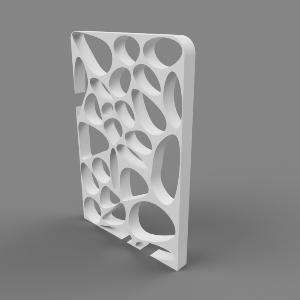 Ralf Lippold Sep 5, 2017 03:49 | Dear SantiaagoGaj, Your proposal sounds thrilling and bold at the same time. Despite the technical complexity something to take further especially as additive manufacturing is scaling in its applications and use of materials. Some points that come to mind in this context:
I wish you great success along this competition. Keep on the great work! Ralf |
 Aadhithya Sujith Sep 9, 2017 10:40 | Hi SantiaagoGaj, Your idea is interesting & innovative.
Thanks & regards Aadhithya |
 Santiago Garcia Sep 11, 2017 01:55 | Proposal contributor Hello Ralf Lippold! Thank you for your great comments and suggestions! I am definitely planning to apply to the GSP from SU. Like this idea I have a couple more that involve 3D printing, Urban Development and Sustainability. I believe that 3D printing is will soon make synergy with AI and Robotics to manufacture incredible, sustainable, and high quality products. I will get in touch with Authentise and Fraunhofer´s to get a piece of advice about my project, and perhaps work together with them :) Thank you! Hello Aadhithya Sujith! 1. According to some more research I did. Any NOx molecule gas can be completely broken with good light conditions. "...As soon as the light is put on, the concentration drops with approximately 40%. After 5 hours of illumination, the NO is cut off for 30 min..." 2. Indeed. TiO2 works specifically with Nitrous oxide. I´m sure there are other pohotcatalysts that would break down other greenhouse gases. The key factor is the price of the material. Currently TiO2 is cheap enough to make this happen without having a huge investment. By having a wide range of materials available, if a city has a mayor concentration of Ozone or CO2 or other gas, then a specific material could be used in the facade instead of TiO2 to help lower the ppm of a specific gas. Remember that once the molecule is broken apart, there will be some kind of residue (dust) that needs to be washed away every once in a while by men or by rain. Regards! |
